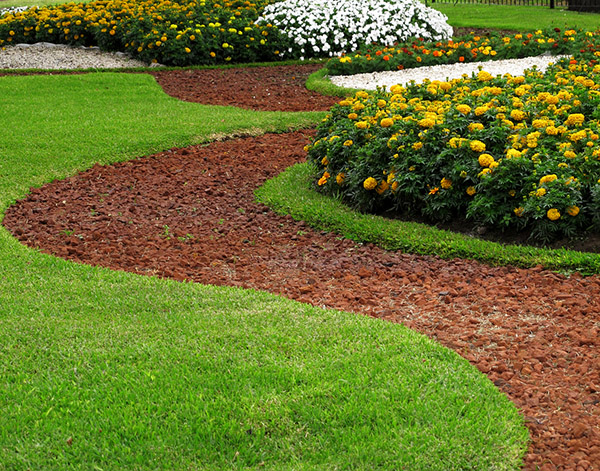Are you practicing green landscaping? Environmental responsibility is not something people often think about when they begin to dig up dirt and plant trees and bushes around their home. However, green landscaping can have a profound impact on the local environs. Responsible landscaping ensures that your yard is enhancing the local area, rather than adversely affecting it.
For example: The cost to the U.S. of combating invasive species is $120 billion. If you think about it, this is an incredibly large number — it’s billions of dollars. And some of it is the result of irresponsible landscaping.
How can you be environmentally responsible with your landscaping? Here are three tips.
1. Research Your Green Landscaping Purchases
Now that it’s possible to buy plants online and have them delivered within a few days, many homeowners will be tempted to fulfill some of their garden landscaping needs this way. What happens, though, is that homeowners often buy without doing their research.
The purple loosestrife, for example, was first used as a pretty addition to many yards in North America. Before long, though, it quickly invaded local environments. It is a very difficult plant to kill, and it can completely devastate local habitats, especially the biologically diverse wetlands.
When coming up with landscaping designs, make sure the plants you are using are not invasive in nature.
2. Use Local Green Landscaping Supplies
The average U.S. household uses about 260 gallons of water every day, and about 30% of this goes to landscaping.
What’s the problem? Water is, in some ways, a finite resource within limited areas. Overuse of water can cause droughts and lower local water tables, which can impact home stability, among other things.
Conserve water and mitigate your impact by looking for plants that fare well in your local environment and precipitation conditions, so that the amount of water you need to spend on them is minimal.
Once you’ve found them, be sure to consult with our experts to find the right mulch for those plants to thrive. Mulch helps those plants retain moisture, so you’ll need to water less often.
3. Buy Local Firewood or Mulch
Did you know that firewood has served as a vector for many invasive insect and fungus species in the U.S.? These insects hitch a ride on firewood, which is sometimes transported across state lines. Firewood has been one of the main ways the damaging emerald ash borer has continued its spread throughout the nation, leaving thousands of damaged and dead trees in its wake.
Aim to buy local firewood and mulch whenever you can so that you’re not accidentally giving a free ride.
Want to know about how you can start green landscaping today? Contact us!

